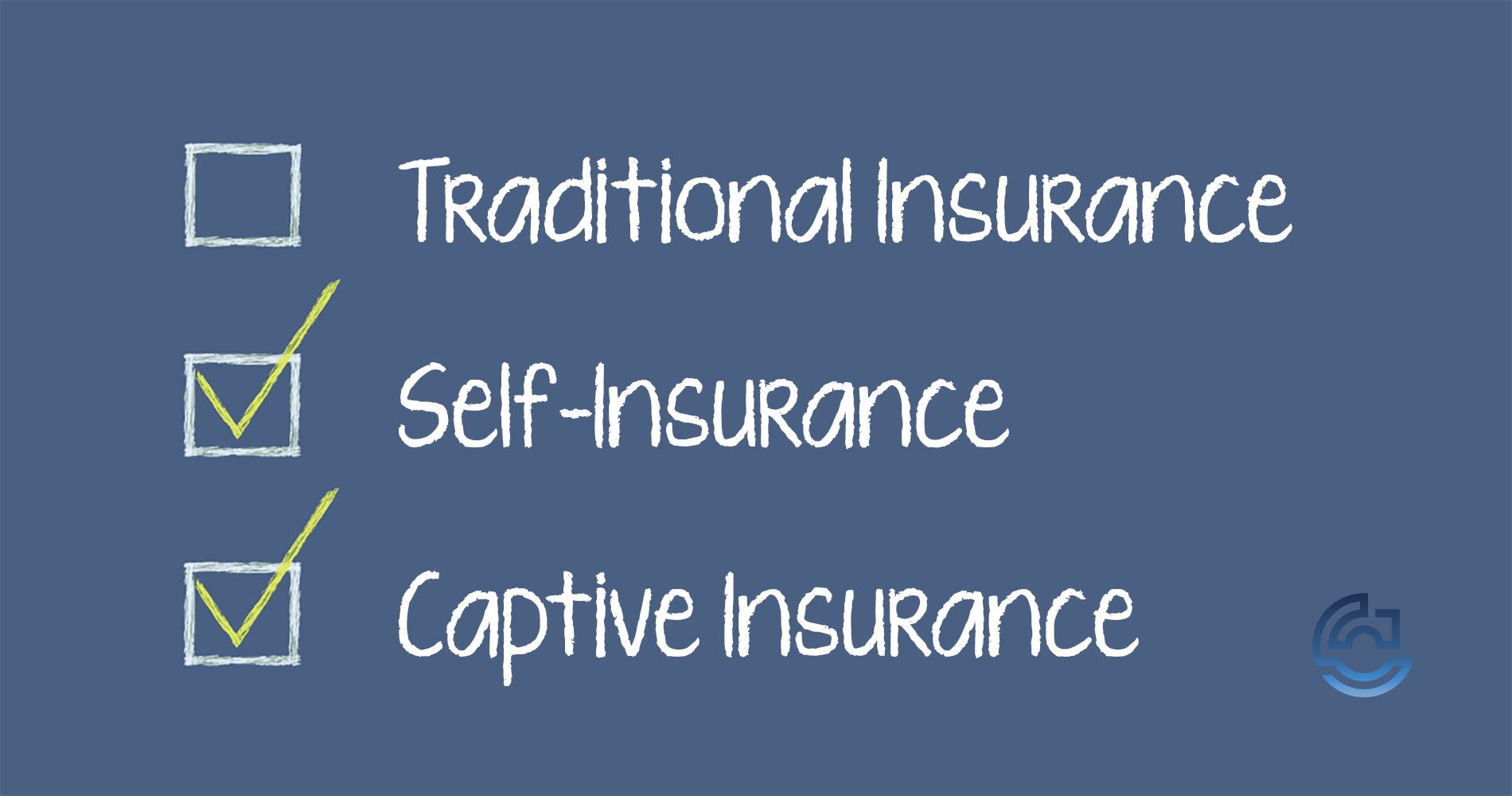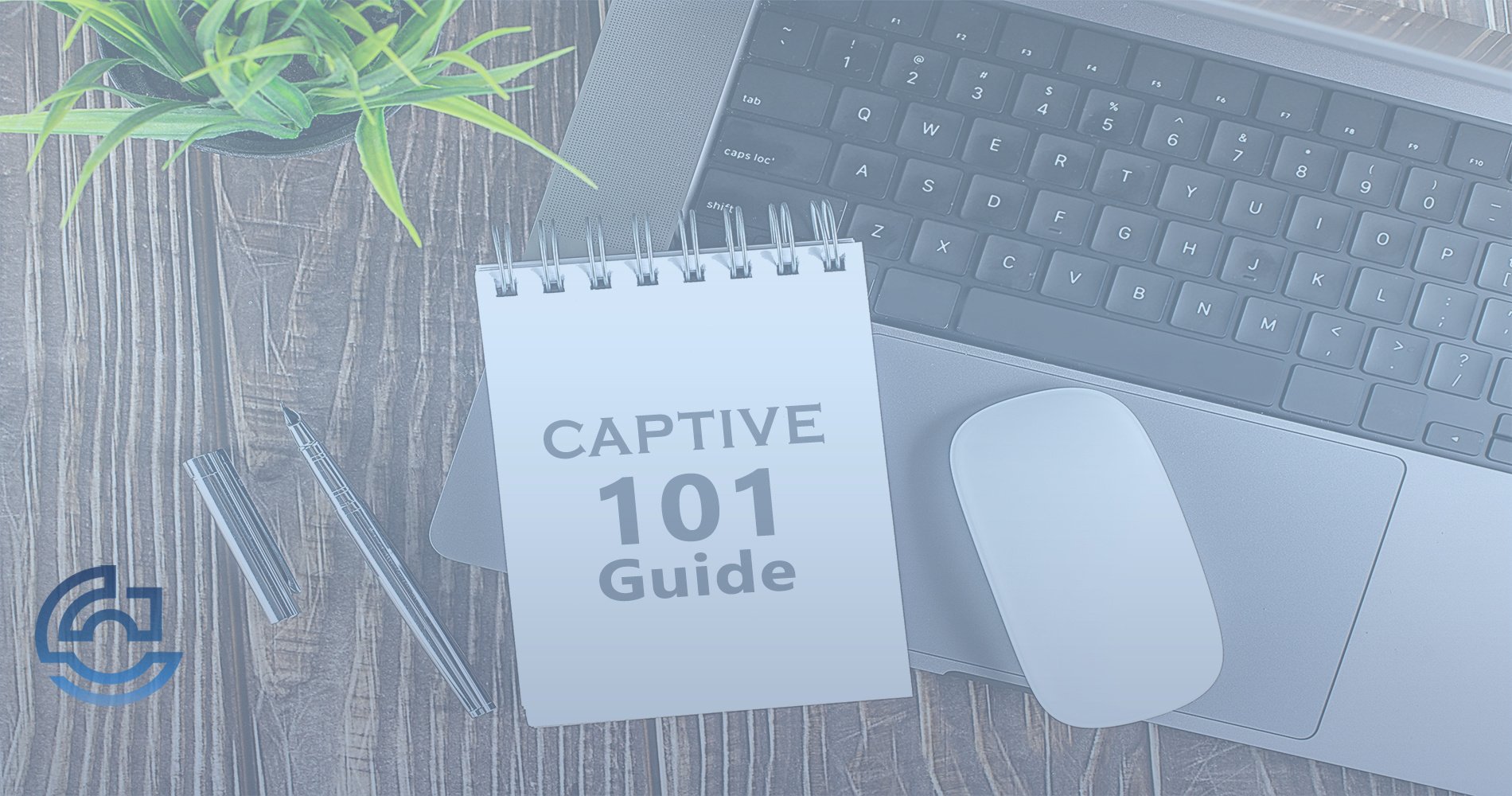Nine Common Objections to Captives (And How to Handle Them)
May 16th, 2025
6 min read

You have premium clients asking challenging questions about captive insurance. You’re not the only one who’s been there. Plenty of agents have sat across great clients, who they see benefitting from captives. Yet, they still deal with a flood of objections.
“That sounds too risky.”
“Isn’t that self-insurance?”
“Why hasn’t anyone told me about this before?”
If this concerns you as an independent agent, you’re not alone. Captive Coalition wants to help you walk into these conversations knowing what to say and why it matters. We want you to know the types of pushback you might receive and how to handle them.
Our sole purpose is to help independent agents understand captives. That way, they can help their best clients and expand their book of business.
This guide will cover the top objections clients bring up around captives and how to handle each one without sounding defensive or salesy. By the end of this guide, you’ll have the confidence to face objections head-on and help guide your best clients.
Why Pushback Happens with Captive Insurance
Captives are a form of insurance that many businesses are less familiar with, because they are outside the traditional market. Most business owners (and especially their CFOs) have only worked within the traditional insurance system. Get a premium, pay it, and forget it until renewal.
CFOs in particular are wired to avoid risk. Their brains are set to protect the company rather than pioneering in what they think is a new venture. Business owners might be more open, though they want to ensure they aren’t gambling their company’s future.
The Most Common Objections (And How To Handle Them)
Here are the most common objections you’ll likely face with your clients. We’ll provide the information and give you lines you can use. Just remember to be your authentic self when talking to your clients.
1. “Captives are only for big companies.”
This used to be true. Thankfully, not anymore. Captives today, especially group and cell structures, are built to scale. If a client’s premium is north of $250,000 annually across Workers’ Compensation, General Liability, and Auto Liability, they can qualify to join a captive.
Read our articles on captive insurance for small and mid-sized businesses. That way, you can see how captives have become a viable option for smaller-sized businesses.
2. “It’s too expensive.”
With this, your client is talking about the upfront investment, which is a big chunk of change. That said, they’re seeing the spend and not the return.
Show your clients that they can save more over time. On average, businesses in captives can see 20-30% savings in premiums within the first few years. Why? Because they’re no longer subsidizing poor performers in the general market. They’re covering their risks and getting underwriting profit back when they perform well.
Read our article on how to help them become profitable captive owners. Show them how to make captive insurance a profit center through proactive risk management and long-term strategy.
3. “Captives sound too risky.”
This one hits often. And it’s fair. Some clients hear “captive insurance” and immediately think “self-insurance,” which makes it sound like they’re on their own. Risk doesn’t mean recklessness.
Walk them through how captive structures work exactly. You can use our Captive Insurance 101 guide to better convey how captives work.
And using captives doesn’t mean they have to write checks every time something happens. They set caps on what they can spend (maximum premium). Reinsurance is layered in to protect against catastrophic losses.
And to be fair to your clients, captives can be risky. However, that’s only if your client allows them to be risky. Remember, captive members thrive with more robust safety and risk management. The fewer claims they have, the better they perform.
You can also show them the numbers. Show them their loss history over five years. Lay out the best year, the worst year, and the average year. Show them how they can perform in a captive. Don’t let them speculate. Show them the specifics.
Take a look at our article on whether captives are riskier than traditional insurance. While they have more risk than blindly paying a third-party insurer, they come with rewards that can help clients keep their underwriting profit.
4. “I heard someone lost their shirt in a captive.”
There’s emotional weight to this one since your client might think there’s a possibility of getting screwed in a captive. Someone somewhere had a bad experience. And it does happen. Your client doesn’t want to relive that experience.
Thankfully, this is very rare. Ask your client some questions: Was that person in a captive with proper insurance? Were there experienced advisors involved?
Many experiences and failures can stem from poor design, insufficient reserves, or excessive risk exposure.
If your client has a plan that fits with a captive, they don’t need to worry about “losing their shirt.” Captives are generally built with guardrails, like reinsurance, proven underwriting partners, and data-driven modeling.
5. "Captives are just a form of self-insurance, right?"
This stands out enough to be a common misconception. Captives sound like someone saying, “You’re on your own, kid.” This isn’t the case at all.
A captive is a regulated insurance company, similar to those they already buy from. Except that your client is either an owner or a partial owner of the captive (depending on the structure). They’re still protected. But instead of paying into a black hole, they have full transparency of where their premium goes and have the potential to keep the underwriting profit when claims are low.
Walk them through how captive structures work exactly. And let them know the differences between traditional, captive, and self-insurance.
6. “I can’t afford a huge claim.”
Clients think they’ll need to cut checks every time something bad happens. This isn’t the case. Captives are structured specifically to limit financial exposure. Here’s how:
- Defined Maximum Premium: Each captive has a cap, which is the maximum amount the business will ever have to pay in a year. That number is based on the client’s historical losses, industry benchmarks, and risk tolerance.
- Reinsurance Layers: Anything above that maximum is covered by reinsurance. This means catastrophic losses are offloaded to a reinsurer, just like traditional insurance.
- Stop-Loss Protection: For health captives, specific and aggregate stop-loss programs are added to protect the business. These caps are established in advance and are legally binding. Clients shouldn’t be expected to pay beyond the agreed limit.
- Cash Flow Management: Even the maximum premium isn’t paid all at once. It’s typically spread out quarterly, improving cash flow and minimizing disruption.
Your clients should know they’re not taking on unlimited risk. Read our article on how clients are protected from large or multiple claims in a captive.
7. “Our CFO is Concerned. That’s the guaranteed savings?”
CFOs want certainty. With insurance, that can seem impossible. Thankfully, you can give them the data.
Use five-year pro formas. Show them the exact metrics the insurance market already uses. Then, you can show them how captives turn those metrics into profit.
Another thing to keep in mind is there’s no guarantee your client’s premiums won't spike again when renewal season hits. That’s why you want to show them how their business has performed, what they could’ve saved, and how to build a structure that protects and rewards them based on that performance.
You can also show them how they would perform in a captive using our Captive Pricing Calculator.
8. “I’m interested, but the upfront cash commitment is too much.”
There’s no getting around it: the upfront costs aren’t cheap. Understandably, your clients are worried about the capital put into a captive. They’re concerned about tying up money without knowing exactly when and how they’ll get it back.
Here’s how you can break this down clearly:
- Capital Contribution: The upfront investment is required to capitalize the captive. Fees like collateral are held to satisfy claims obligations.
- How It’s Held: The money is kept securely in a captive or a controlled trust account. It’s not spent unless claims or obligations occur. Even then, claims are covered by the pooled premiums first.
- When It’s Returned: After policy years close, which can typically take 5-7 years, whatever wasn’t needed for claims or expenses is returned, along with any underwriting profits.
- Risk Management Impact: If the business continues to operate safely, your client not only gets their capital back but also often gets back more than they put in because of profit distributions
Let them know the upfront costs, why they exist, and how these costs can lead to long-term savings.
9. “What if I want out later?”
This is a good question. Your clients should be thinking long-term when they enter a captive.
Here’s how it works:
- No Lock-In Contracts: Clients can choose to exit their captive anytime. There is no forced multi-year commitment to stay active.
- Collateral Timeline: While they can stop participating immediately, their collateral stays in place until all policy years are closed. Claims can still come years later. So the regulators require a conservative runoff period, which can take 5-7 years.
- Gradual Release: As claims are closed and exposures shrink, collateral is released incrementally. Once all policy years are closed and final audits are completed, the remaining capital and any unpaid underwriting profits are returned.
- Exit Strategy Planning: Good advisors prepare their clients for this from day one. This ensures they aren’t surprised by the process if and when they decide to leave.
Let your clients know they're never locked into something that doesn’t serve their business. If they need to exit, they can. They just need to plan. If they ever need to exit a captive, they can at any time.
Pro Tip for Agents: How to Talk to CFOs
CFOs aren’t trying to be difficult. They’re doing their job. They’re wired to protect against downside risk, not chase upside. What they want is predictability.
Don’t sell the upside. Show them the structure. Focus on historical data, clearly defined maximum premiums, and reinsurance protections.
Let the math do the talking. If it doesn’t make sense on paper, it’s not a fit. And that’s precisely what they want to hear.
Are Your Clients Ready For Captives?
Client objections aren’t a bad thing. They’re a sign your client is thinking seriously. And that’s exactly what you want. The key isn’t to bulldoze past their concerns. It’s to meet them with clear, confident answers that turn hesitation into understanding.
At the end of the day, captives aren’t for everyone. But for the right clients, at the right time, they’re a strategy that helps their business. The better you get at handling pushback, the easier it becomes to spot who’s ready.
Next, read our article on the five conversations to have with your clients about captives. That way, your clients can see if they’re truly ready for captive insurance.
Finally, to learn more about all things captive insurance, become a member of Captive Coalition for free to access webinars, tools, resources, and training to help your best clients.
Topics:













